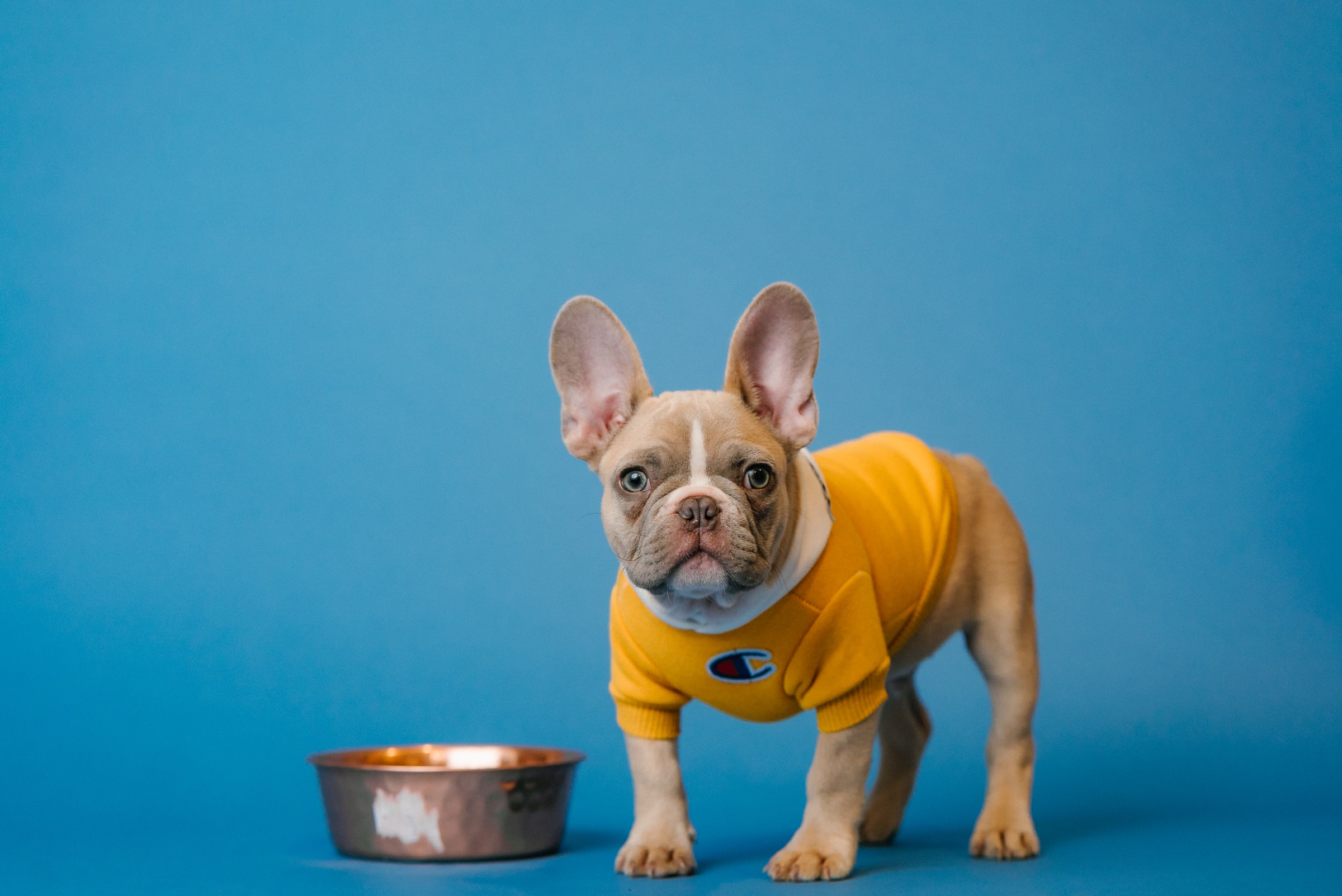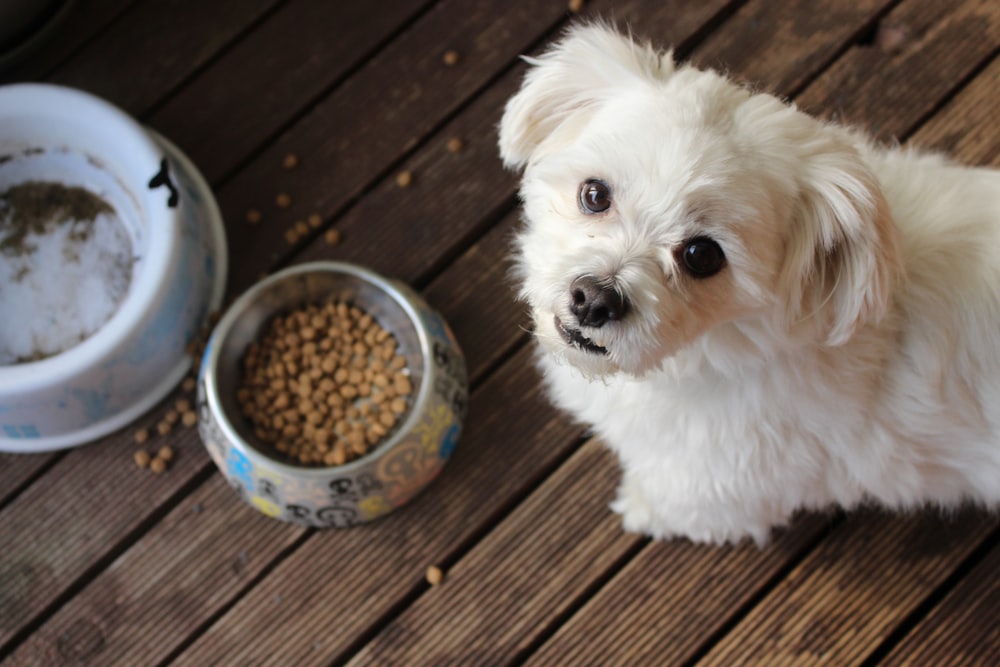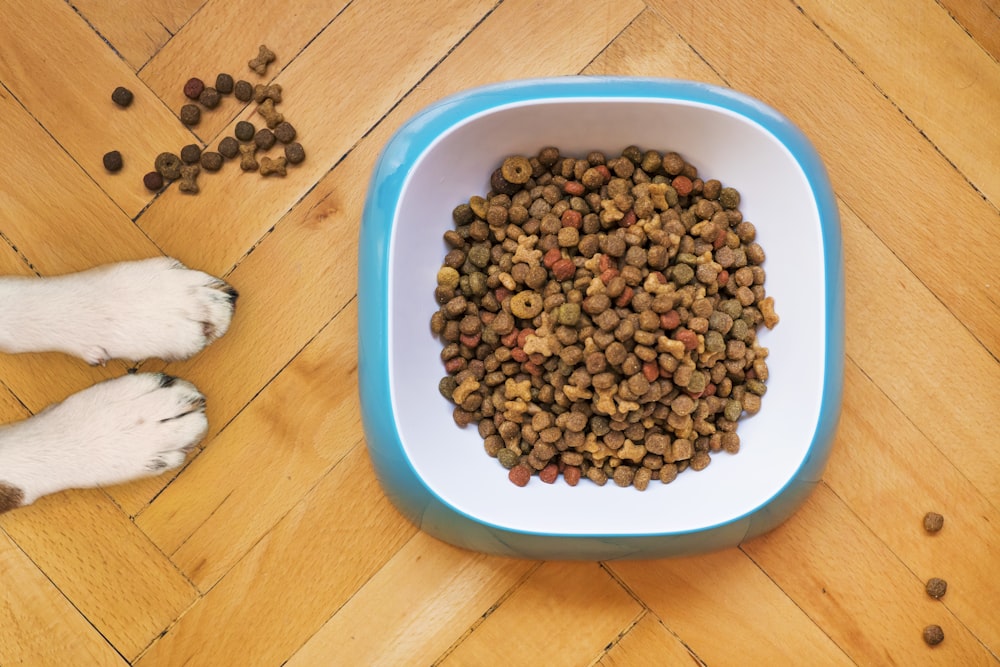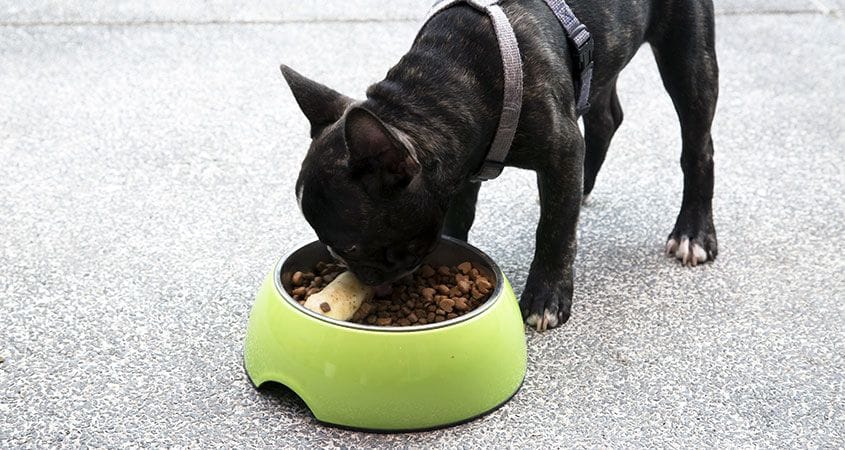Most dry meals are nutrient-dense, ready-to-eat diets that a cat or dog can consume for the rest of their lives. As a result, if you choose high-quality dry foods that match your pet. You can feed them on a regular basis without having to combine them with anything else. Furthermore, it is exceedingly undesirable, and we shall attempt to explain why.
Each Stream Has Its Own Composition
Manufacturers construct their own, sometimes quite distinct formulas while manufacturing their products, in which completely different ingredients can be employed. Not all of them are created equal; for example, animal protein is frequently replaced by vegetable protein in some formulations, and not all feed components are adequately integrated. This is only true in mathematics – twice two equals four – but everything in dietetics is far more complicated.
It’s natural to believe that combining two balanced diets will result in a single complete diet, but this isn’t the case because, ironically, each diet is balanced in its own way. Owners frequently believe that by combining dry food of varying quality and thereby improving one at the expense of the other, they may improve both, but this is not the case.
This method eliminates the best feed’s quality while leaving the worst feed’s quality unchanged. Furthermore, combining diverse feeds results in an imbalanced combination, with some elements having more than they need and others having less.
Calories In Various Forms
When considering whether or not different dry foods can be mixed, keep the calorie amount of the diet in mind. This is also a unique feature: some feeds are more nutritious than others, depending on the ingredients used, and daily intake is determined by the number of calories consumed.
Because the owner cannot correctly assess the calorie content of the resulting diet by randomly mixing multiple feeds in one bowl, there is a risk of overfeeding or, conversely, nutritional deficiencies.
Should You Rely On Supplements For Good Health?
“Blend different dry meals – regular with functional to make it healthy,” several owners explain. A meal fortified with certain unique compounds to improve specific physiological parameters is known as functional dry food.
Many manufacturers, for example, make food for long-haired animals that can improve skin and coat health, as well as diets containing particular chemicals to protect teeth and joints, prevent urolithiasis, and so on.
Thus, the owner selects one meal, for example, that suits him for the price, and adds a functional diet to it. Believing that by doing so, he is enriching his pet’s diet and attaining the intended result.
In reality, nothing like this ever occurs. The daily dosage of additives is calculated, and compounds in sufficient concentration will only enter the body. If the animal eats the entire meal whole and for a long time. Of course, when mixing, the dosage is understated, and you won’t be able to obtain any substantial results.
Is It Ok To Mix Dry Foods With Wet Food Without Endangering Your Pet’s Digestion?
Pet owners occasionally discuss their experiences mixing different kinds of dry food on internet forums. In the vast majority of situations, this proves to be a wonderful experience: they mix, and everything is in order. The so-called “survival effect” is actually triggered.
We only hear about situations when things went well, but we have no idea how many bad things happened. People are hesitant to talk about their bad experiences when they were the ones who caused them. When mixing different brands of food, keep in mind that the danger of stomach discomfort and allergies is considerably enhanced.
It is not worth risking your cat or dog’s health by feeding them low-quality, high-carbohydrate meals. There are now reasonably priced meat-based feeds on the market. You can always find one in the Best Band’s selection that will make your pet happy for the rest of his life.




